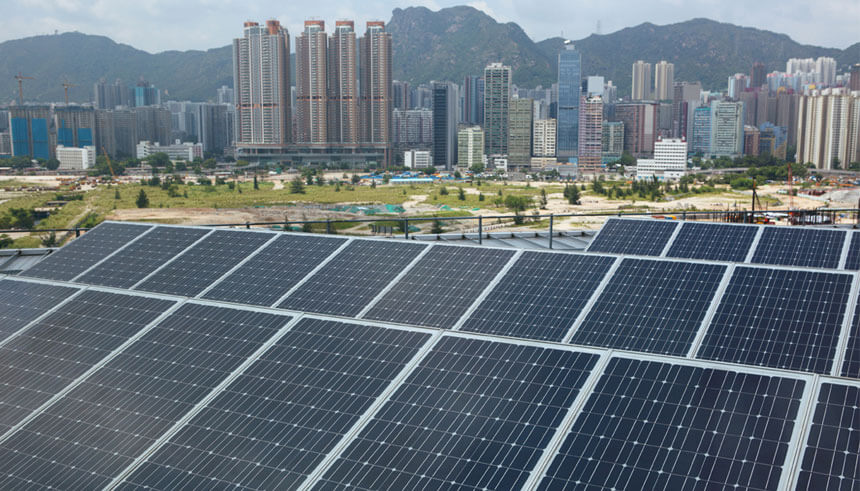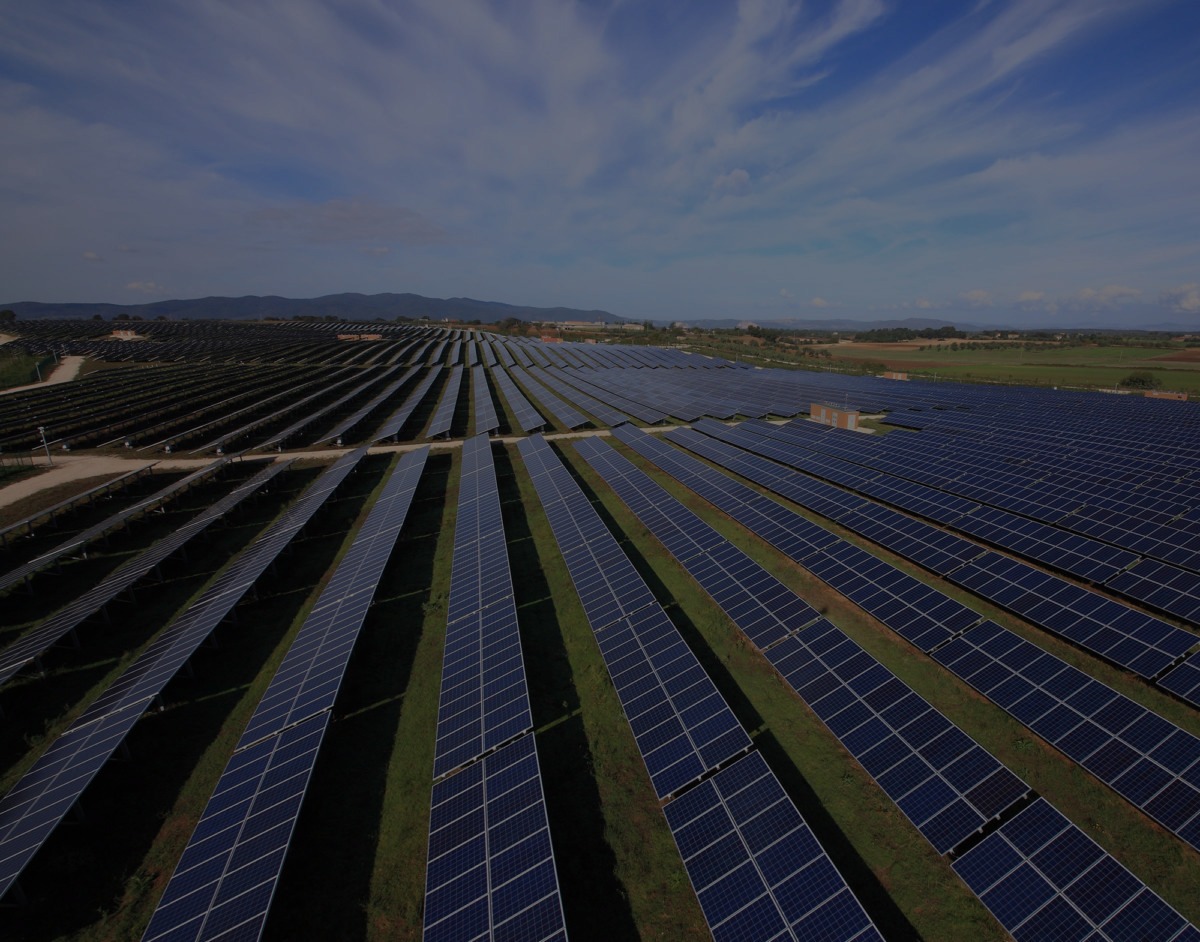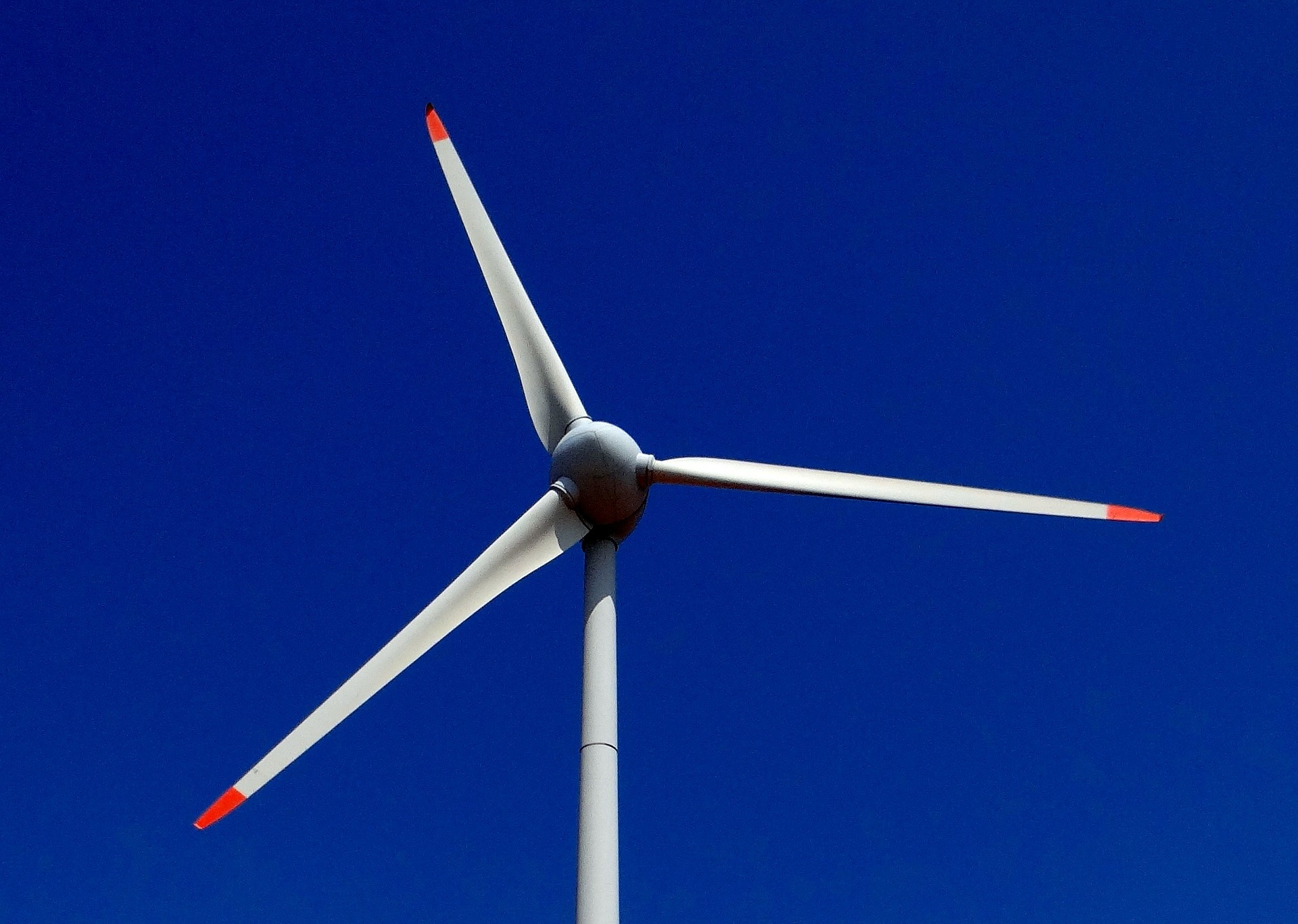We are in the middle of an energy revolution. The rate of change is massive, even if most of it goes unnoticed by many of us. This being so, if we intend to keep emissions below 2°C, let alone 1.5° C as required by the Paris Agreement, we need to do much more to deploy innovative solutions faster.
The ability to understand change and embrace sustainable solutions will determine our chances to design an electricity system that is reliable, affordable, fair and fully decarbonised. Innovation is already delivering decentralised solutions: today we can generate and store electricity in our houses, whilst charging our car from our own solar panels. With the right regulatory framework, we can also invite our neighbours to charge their car and fuel their appliances from our own production. Many cities have made the commitment to become 100% renewable and to be fully independent in the near future. The question of whether we need additional or enhanced grids to enable the successful re-design of our energy system is legitimate and has no easy answer.
Connect actors and secure reliability
I would like to make the case that grids are needed to further increase the share of renewable energy sources (RES) in the system. Due to time pressure, we must find a way to integrate RES much faster. This requires the utilisation of renewable resources where they are most abundant, where large generation sites can be developed. It also requires the systematic use of distributed local ressources close to consumption centres. Rooftop solar has grown exponentially in the past years, and thanks to the on-going reduction in costs, we can and should expect much more. Such reduction in costs is also having a similar impact on the affordability of both large and small battery storage solutions. The grid is the link between these numerous actors, in a system that is increasingly complex and diverse. In this respect the grid is the backbone of the electricity system, it delivers reliability by keeping the system balanced, always matching supply with demand. The European grid is one of the most reliable systems ever created, with a reliability factor of well over 99%, blackouts are rare and electricity is always available when we need it. The optimal utilisation of local resources that the grid enables can stimulate local economies.
Improve affordability
Today, and in the years to come, grids will also contribute to making the energy transition more affordable. This can be achieved by sourcing RES in areas with the greatest potential and by transporting them to where they are consumed. Moreover, the grid enables the utilisation of RES by those who do not have favourable conditions and where local exploitation is difficult or uneconomical. Similarly, the grid already connects millions of small generation units, providing access to the market and enabling them to earn revenue by providing services to the system. Such developments increase efficiency and should, over time, contribute to decreased electricity costs for households.
On a larger scale, a well functioning European electricity market, complemented by sufficient cross border interconnection, will enable balancing services, optimisation of costs and a reduction in price differentials across geographies. The ability to modulate demand through digitalised demand side management (DSM) technologies, making use of new more cost efficient storage across multiple time frames (daily, weekly, seasonal) and the building of wind farms further out at sea where wind speeds are more consistent, will contribute to the continued cost optimisation of systems and markets.
Promote fairness
Properly planned, regulated and managed grids can also make the energy transition fair. The optimal utilisation of local resources that the grid enables can stimulate local economies. The energy transition, with its variety of renewable technologies and power lines, can become the engine for local prosperity. Jobs in the renewable energy industry have been one of the fastest growing employment areas. New approaches towards benefit sharing and co-ownership, including for electricity grids, need to be considered and introduced. By spreading the benefits and involving citizens in enabling the energy transition, we are much more likely to complete it in a transparent, inclusive and equitable way.
Secure a decarbonised future
Everyone has a role to play in leading society through this turbulent phase, with collaboration being key. Renewables Grid Initiative (RGI) has played an important role in bringing system operators and the NGO community together to look for collaborative solutions. The NGOs will be vital in helping society to understand that energy is everyone’s business and what the implications of our daily choices are. System operators have to accept that they need to become leaders of the energy transition. It is on them to demonstrate that the transition is achievable and secure, and that it is possible and safe to operate a system increasingly based on renewables. Identifying solutions that can be scaled up, communicated and then replicated globally will help achieve this.
We do not know exactly how a fully decarbonised largely renewable power sector will look, nor can we be sure that grids will be needed forever. But we know that we need grids today and in the decades to come if we want to enable the growth of renewables. The changes still required to reach full decarbonisation are massive, the grid is one important element in achieving this collective goal.
Source: https://medium.com/thebeammagazine/


